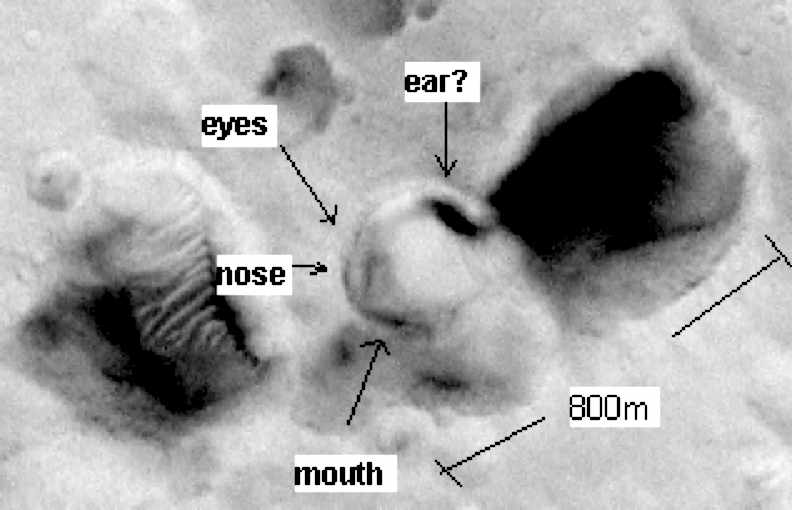-
-
All good and real science begins with an open mind. I must
confess that when I began the investigation of life on Mars
I was biased against finding life. There is no atmosphere, right?
The photos are taken from a space craft a couple hundred miles up
with cameras that can only resolve a couple of meters/pixel.
Then, there is the general prejudice against such a discovery in
the scientific community at large. They are still trying to
collect more data to evaluate relativity and quantum mechanics.
Telescopes have always been valid tools for other scientific
disciplines as well as microscopes. High speed cameras are used
to capture sub atomic particles on film. Particles that can't be
put in test tubes or under microscopes. Photographs have always
been valid for other scientific disciplines for analysis, theories
or validation of theories. So, if one was to be scientifically
objective about life on Mars or elsewhere then a photograph
showing a large life form especially if it is similar enough to
known life forms should be considered evidence. Am I missing
something here? What kind of analysis can be done on such a
photograph? The symmetry of the features should be apparent. That
is, two eyes that are equally spaced separated by a bridge like a
nose and positioned above a slit or mouth. Well, we have such a
photo from Mars. In fact we have two of the creature taken a few
weeks apart. What about using negative imaging? That always
shows difference between animate and inanimate objects. If it is
just what looks like a face on a rock then the negative will show
that. If it is a living creature then the negative will show
skeletal or skull like features. That is shown in Part XVI.
There are many examples of creatures on earth that remain
stationary or even dormant for extended periods of time, sometimes
weeks, months or even years. The fact that this creature appears
virtually in the same pose at two different dates is not a surprise.
After a snake eats it can remain stationary for 30 or 40 days. The
eyes do appear open in one photo and squinting in the other. I have
had others tell me they think can see the pupil when they blow it up
4 times normal size. I saw the same thing when I finally printed it
on quality photographic paper.
-
-
http://www.msss.com/moc_gallery/e13_e18/images/E13/E1300965.html
-
http://www.msss.com/moc_gallery/e13_e18/images/E14/E1401522.html
-
<---Part XI
<---Part XII
Part XIV--->
Part XV--->
Part XVI--->
<--Main Links
Home--^
Life?



|